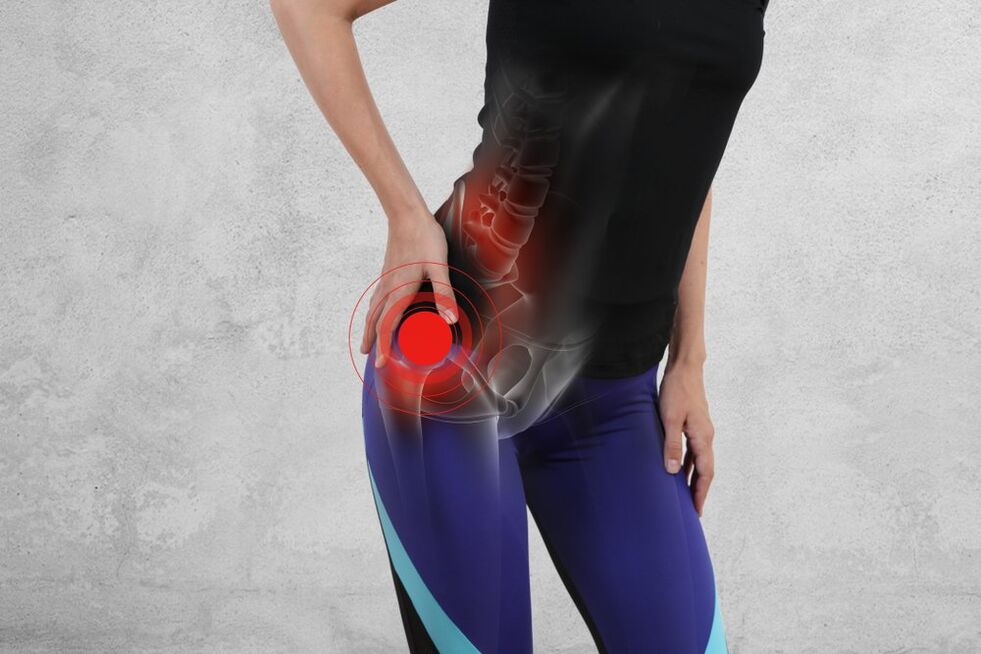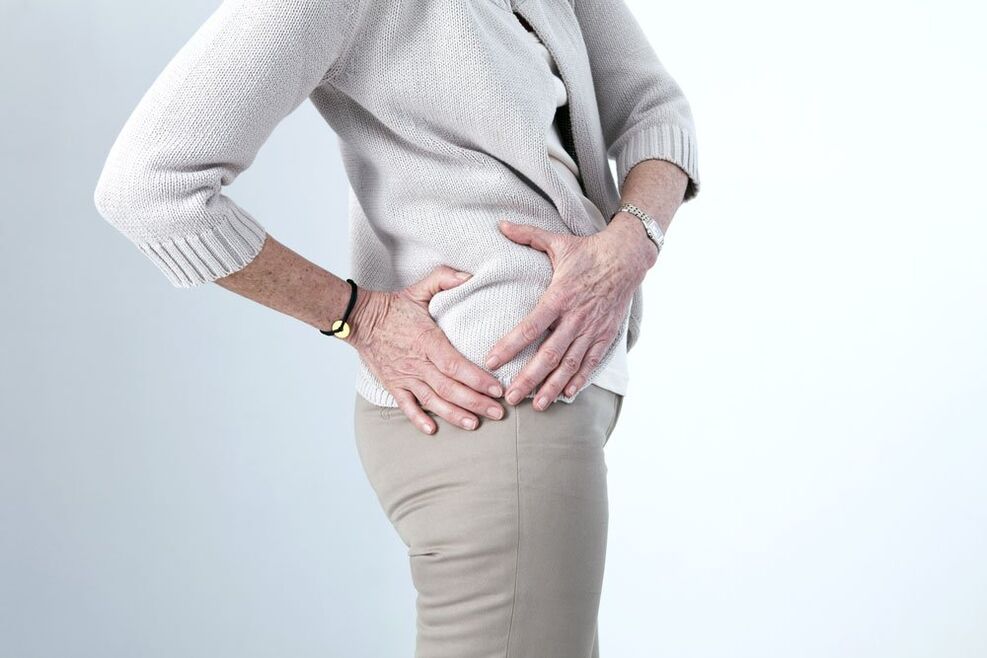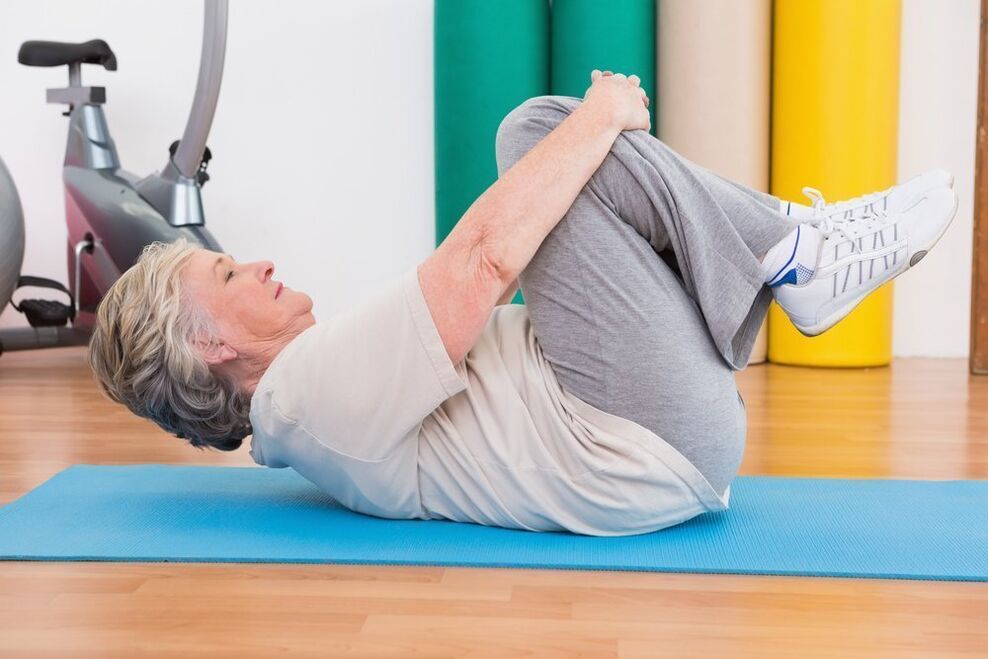
Throughout life, the joints of the legs experience a lot of stress. The hip is a large ball joint that offers the ability to move independently. The appearance of painful sensations, tight movements, limp gait makes a person think about the appearance of the pathology.
In recent years, the number of people under 30 diagnosed with osteoarthritis has increased dramatically. This statistic is extremely disappointing, as the disease progresses steadily and can lead to severe disabilities and disabilities. To protect yourself from the development of adverse effects, it is necessary to immediately begin treatment and follow all medical recommendations.
Arthrosis of the hip joint causes a lot of inconvenience to its owner. In case of discomfort in the joint area, it is necessary to consult a doctor to confirm the diagnosis and prescribe effective treatment. Late treatment can cost the patient the ability to walk independently.
What is osteoarthritis
Osteoarthritis is a rheumatological disease, which is based on degenerative and dystrophic changes in the joints. At the same time, not only the articular surfaces, but also the ligamentous apparatus and capsule are involved in the pathological process. Most often, the joints of the hands, feet, knees suffer, but the most serious disease is osteoarthritis of the hip joint. With its development, the risk of developing a complete disability increases due to severe restrictions in movement.
The basis of articular cartilage is made up of collagen molecules and proteoglycans: it is they that give the joint strength and elasticity, make it resistant to various types of loads. Under the influence of external factors, the amount of collagen and proteoglycans decreases, resulting in the exhaustion and gradual destruction of cartilage tissue. Arthrosis develops under the influence of the following factors:
- mechanical injuries;
- inflammatory processes in the joints;
- excessive load on the lower limbs;
- obesity;
- age-related changes in the body (in people over the age of 55);
- menopause (in women);
- malnutrition with a lack of protein and calcium products;
- hereditary predisposition;
- operations transferred to the joints.
How does osteoarthritis of the hip joint manifest itself?

Osteoarthritis develops gradually, so it is quite difficult to detect its initial manifestations. The patient can ignore the symptoms of the disease, mistaking them for fatigue or overwork. Exacerbation of discomfort can occur after an injury. Osteoarthritis of the hip joint is accompanied by the following symptoms:
- Pain in the affected limb. It is dull, aching in nature, constant throughout the day. Unpleasant sensations increase during physical activity (exercise, running or walking), decrease at rest. When the hip joint is affected, the pain radiates to the groin, perineum, and thigh. The joint may also begin to "respond" to changes in weather conditions or atmospheric pressure.
- Atrophic muscle changes. When walking, the patient unconsciously spares the affected limb, resulting in less stress on the buttock and thigh muscles. This is accompanied by their atrophy and decrease in volume. This is especially evident with unilateral osteoarthritis.
- The appearance of a creak during the implementation of movements in the joint. This sound resembles the rustle of a plastic bag and becomes louder after a long period of immobility (night sleep). In medicine, this term is called "crackle". The appearance of a creak is associated with a violation of the mobility of the joint.
- Enlargement of the affected joint in volume. This occurs due to the formation on the bone surfaces of the smallest spikes - osteophytes. This reaction occurs as a compensatory response to an increase in the load on the surface of the bones (with thinning of the cartilage).
Medical treatment of osteoarthritis
At the moment it is not possible to completely prevent the destruction of cartilage tissue. Therefore, the treatment of arthrosis with the help of drugs is aimed at reducing pain and slowing the progression of the disease. Most often, the following groups of drugs are used in therapy:
- Non-narcotic analgesics and mixed-action analgesics. They help reduce pain and are available in tablets or ampoules for intravenous administration.
- Non-steroidal anti-inflammatory drugs in the form of topical ointments or creams are also used to control pain. They are also prescribed if osteoarthritis is accompanied by inflammation of the synovial membrane of the joint.
- Chondroprotectors are drugs that slow the progression of the disease and improve joint function.
Exercise therapy and physiotherapy methods

Non-pharmacological agents are also widely used in the fight against the disease. Doctors prescribe physical therapy to patients to strengthen muscles and prevent the development of joint immobility. The nature of the exercises and the frequency of their implementation are determined individually for each case. Treatment of osteoarthritis also includes physiotherapeutic procedures such as:
- transcutaneous electrical nerve stimulation;
- acupuncture;
- magnetotherapy;
- electrophoresis with analgesics;
- laser therapy;
- massage.
To reduce the load on the affected limb, it is recommended that the patient also use canes or a walker. It will be helpful to wear a hip orthosis, a special device that helps restore leg function and prevent further damage to the joint.
Surgery
Endoprosthesis is prescribed in the event that conservative methods for the treatment of arthrosis of the hip joint are ineffective. The purpose of surgery is to eliminate the pain syndrome and restore the motor function of the limb. The procedure is performed under general anesthesia in a specialized hospital, after which the patient will have a long rehabilitation. The most favorable prognosis of labor is in patients aged 40 to 75 years with a body weight of up to 70 kg: in them the probability of rejection of the endoprosthesis is minimized, which makes the treatment of arthrosis extremely effective . On average, the prosthesis lasts around 10-12 years, but there have been cases where it has been used successfully with minimal wear for 20-25 years.















































